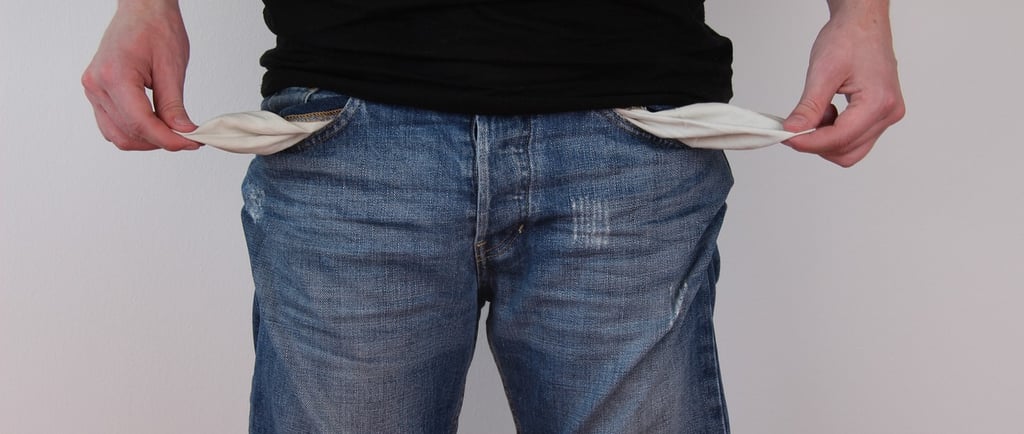The Psychology Behind Your Spending: What We Do When We Buy Unnecessarily
Discover how emotions and psychology shape our buying decisions and learn to identify the triggers that lead to unnecessary spending, helping you better control your finances.
INFORMATION


Introduction
Who has never made an impulse purchase and then asked themselves: “Why did I buy that?” Consumer behavior is shaped by more than necessity; Emotional, psychological and even social factors influence what we buy and how we spend. This article explores the main triggers that lead us to spend unnecessarily and how identifying them can be the first step towards saving and making more conscious financial decisions.
The Influence of Emotions on Shopping
In many situations, purchases are not motivated by need, but rather by emotions. Happiness, sadness, boredom or stress can drive consumption irrationally.
1. Reward Purchases
After a difficult day, it is common to look for a form of emotional “compensation”, such as buying something new. This behavior activates the brain's reward system, releasing dopamine and creating a temporary feeling of pleasure.
How to avoid:
Ask yourself: “Am I buying this because I need it or because I want to feel better?”
Replace shopping with other pleasurable activities, such as a hobby or physical exercise.
2. Shopping to Reduce Stress
In times of anxiety or uncertainty, buying something can give you a feeling of control. However, this satisfaction is usually momentary and can lead to a vicious cycle of consumption.
How to avoid:
Develop alternative strategies for dealing with stress, such as meditation or talking to friends.
Set clear limits on impulsive purchases, such as a maximum monthly budget.
The Role of Psychological Triggers
Psychological triggers are used strategically by marketing to stimulate consumption. Understanding these mechanisms can help you resist the temptation to spend unnecessarily.
1. Scarcity and Urgency
Limited or short-term offers create the feeling that you might “miss an opportunity.” This pressure activates the FOMO (Fear of Missing Out), or fear of being left out.
How to avoid:
Remember that promotions are recurring and often do not represent real savings.
Wait 24 hours before deciding to make a purchase.
2. The Discount Illusion
Ads like “50% off” make it seem like you're saving money, but they often lead to spending money on something you weren't planning on buying.
How to avoid:
Before you buy something on sale, ask yourself: “Would I buy this at full price?”
Prioritize a list of needs and focus on them, regardless of discounts.
3. The Power of Packaging and Emotional Marketing
Brands invest heavily in creating attractive packaging and emotional narratives that connect products to desires or dreams. This causes you to associate an item with status, happiness, or personal achievement.
How to avoid:
Read reviews and technical information before purchasing to assess the true value of the product.
Choose brands that deliver quality and utility, not just appearance.
Social Psychology in Consumption
In addition to internal factors, we are influenced by our social circle and the culture around us.
1. The Compliance Effect
Many times, we buy something because we saw friends or influencers using it. This generates a feeling of belonging and social validation.
How to avoid:
Ask yourself: “Do I really want this or am I being influenced?”
Focus on your priorities and financial goals, not what others have.
2. Attachment to Status
Products from renowned brands are often chosen to convey status, even when cheaper alternatives offer the same functionality.
How to avoid:
Focus on the real value the product adds to your life, not what it means to others.
How Understanding These Triggers Can Help You Save
Becoming aware of the emotional and psychological factors that influence your consumption is the first step to better controlling your expenses. Here are some practical strategies:
1. Create a Financial Plan
Setting clear goals for your finances helps reduce impulsive consumption. When you know you're saving for something bigger (like a trip or emergency fund), it's easier to resist momentary temptations.
2. Implement the 30 Day Method
Before making a non-essential purchase, wait 30 days. Often, the initial desire disappears, showing that the item was not actually needed.
3. Establish Budgets and Lists
Before you go shopping, make a list of what you need and set a spending limit. This reduces the likelihood of giving in to impulsive purchases.
4. Avoid Tempting Environments
If stores or shopping apps encourage your consumption, limit access to them. Try uninstalling e-commerce apps or avoiding shopping malls without a clear purpose.
5. Replace the Shopping Habit with Another Reward
Whenever you feel like buying on impulse, opt for something that provides pleasure or relaxation at no cost, such as listening to music, reading or walking outdoors.
Conclusion
Buying unnecessarily is a habit shaped by emotions, psychological triggers and social influences. Recognizing these factors and developing strategies to deal with them can make a significant difference to your financial health.
By understanding the triggers that lead to impulsive consumption, you take control of your financial decisions, saving money and building a healthier relationship with consumption. After all, spending consciously is the first step to achieving your goals and achieving financial stability.
